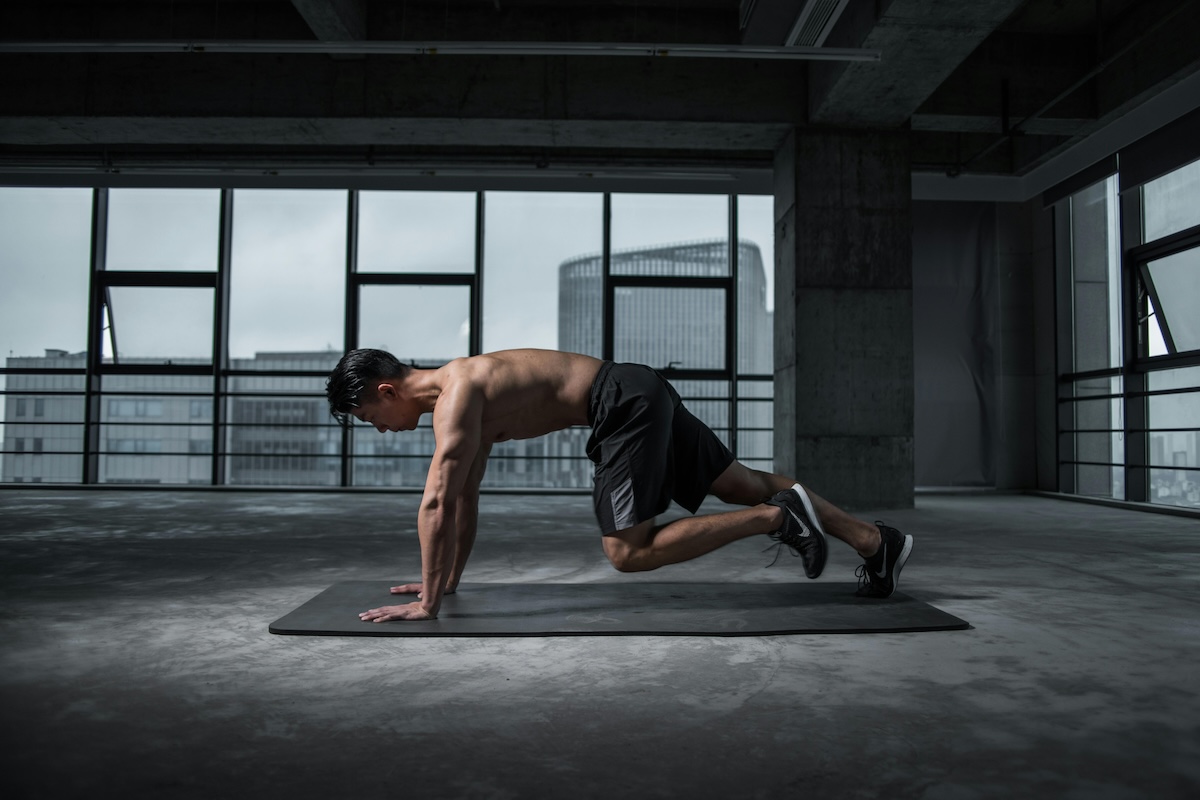In our fast-paced lives, finding time for exercise can be challenging. Fortunately, 30 minutes is all you need to get a great workout.
Whether you’re a beginner or an experienced fitness enthusiast, these efficient workouts will help you achieve your goals. Let’s get into it and find the best 30-minute workout for you!
Is 30 minutes of exercise enough?

Absolutely! Short, intense workouts can yield significant benefits. The key is to maximize your effort during those 30 minutes. High-intensity interval training (HIIT) and focused strength workouts are excellent choices.
How many calories can you burn in 30 minutes?

The number of calories burned depends on factors like your weight, intensity, and exercise type. On average, a 30-minute workout can burn 200 to 400 calories. HIIT and cardio workouts tend to be more effective for calorie burn.
What exercise burns the most calories in 30 minutes?

Several highly effective exercises are available if you have a limited amount of time. Here are some examples!
- Jumping rope: An intense cardio workout that engages multiple muscle groups.
- Burpees: Combines strength and cardio, torching calories.
- Sprinting: High-intensity bursts with short rest intervals.
- Cycling (indoor or outdoor): Great for leg muscles and cardiovascular fitness.
- Rowing machine: Full-body workout that burns calories rapidly.
- Kickboxing: Combines cardio, strength, and coordination.
Top 6 30-minute workouts for results

Instead of sets and reps, we recommend working for 45 seconds and then taking 15 seconds to rest (unless otherwise stated). That’s mostly to give a more precise time estimate so that these can be exactly 30 minutes, but it’s also a great way to adjust to your fitness level.
Beginners can take it slow during the work periods (for example, doing five squats during the 45-second period), and experts can turn up the heat (10 to 15 squats). You can adjust the rest and work periods to whatever works best for you, although studies suggest that shorter rests are usually better.
Bodyweight workout
A bodyweight workout is a fantastic way to build strength, improve endurance, and enhance overall fitness — all without any equipment. These exercises, like push-ups, involve using your own weight. This routine will challenge your muscles and increase your heart rate, whether at home, in a park, or at the gym.
Perform the following exercises for 45 seconds and follow with 15 seconds of rest. Complete seven rounds.
- Squats
- Push-ups
- Lunges
- Mountain climbers
- Planks
- Burpees
- High knees
- Bicycle crunches
Push-day workout (chest, triceps, and shoulders)
This push-day workout targets your chest, shoulders, and triceps. These compound movements will help you build upper body strength and muscle definition. Many of these do require equipment, but you can trade any other push-day exercise for one you don’t have the equipment for!
Perform the following exercises for 90 seconds and follow with 30 seconds of rest. Complete two rounds.
- Bench or dumbbell press
- Overhead shoulder press
- Tricep dips
- Push-ups
- Incline dumbbell flyers
- Lateral raises
Pull-day workout (back and biceps)
The pull-day workout focuses on your back and biceps. These exercises will enhance your upper body strength and improve posture.
Perform each of the following exercises for 90 seconds, and follow with 30 seconds of rest. Complete three rounds.
- Pull-ups
- Bent-over rows
- Bicep curls
- Hammer curls
- Lat pulldowns
Lower body workout
The lower body workout targets your glutes, quads, hamstrings, and calves. These exercises will help you build strength, improve endurance, and enhance overall lower-body fitness.
Perform each of the following exercises for 60 seconds, followed by 30 seconds of rest. Complete three rounds.
- Dumbbell squats
- Hip thrusts
- Romanian deadlifts
- Reverse lunges
- Wall sits
- Calf raises
HIIT workout
High-intensity interval training (HIIT) involves alternating short bursts of intense exercise with brief recovery periods. It’s efficient, time-saving, and adaptable to nearly any fitness level. Make sure you’re doing every motion with high intensity, and take longer rests if necessary.
Perform the following exercises for 20 seconds, followed by 20 seconds of rest. Complete seven rounds.
- Bodyweight squats
- Mountain climbers
- Jumping jacks
- Kettlebell swings
- Jump squats
- Burpees
Core workout
Your core muscles play a crucial role in everyday movements and athletic performance. Beyond just your abs, your core includes muscles like the erector spinae, obliques, and even the glutes. There are plenty of great core exercises that you can switch out to customize this workout!
Perform the following exercises for 60 seconds and then rest for 20 seconds. Complete three rounds.
- Plank
- Crunches
- Bird dogs
- Hollow body hold
- Bicycle crunches
- Heel touches
How to maximize your results

- Stay consistent. Aim for at least three 30-minute workouts per week.
- Focus on proper technique to help prevent injuries and enhance results.
- Balance strength training and cardio exercise. Switch between multiple 30-minute workouts; don’t do the same one every time.
- Listen to your body and rest when you need to.




